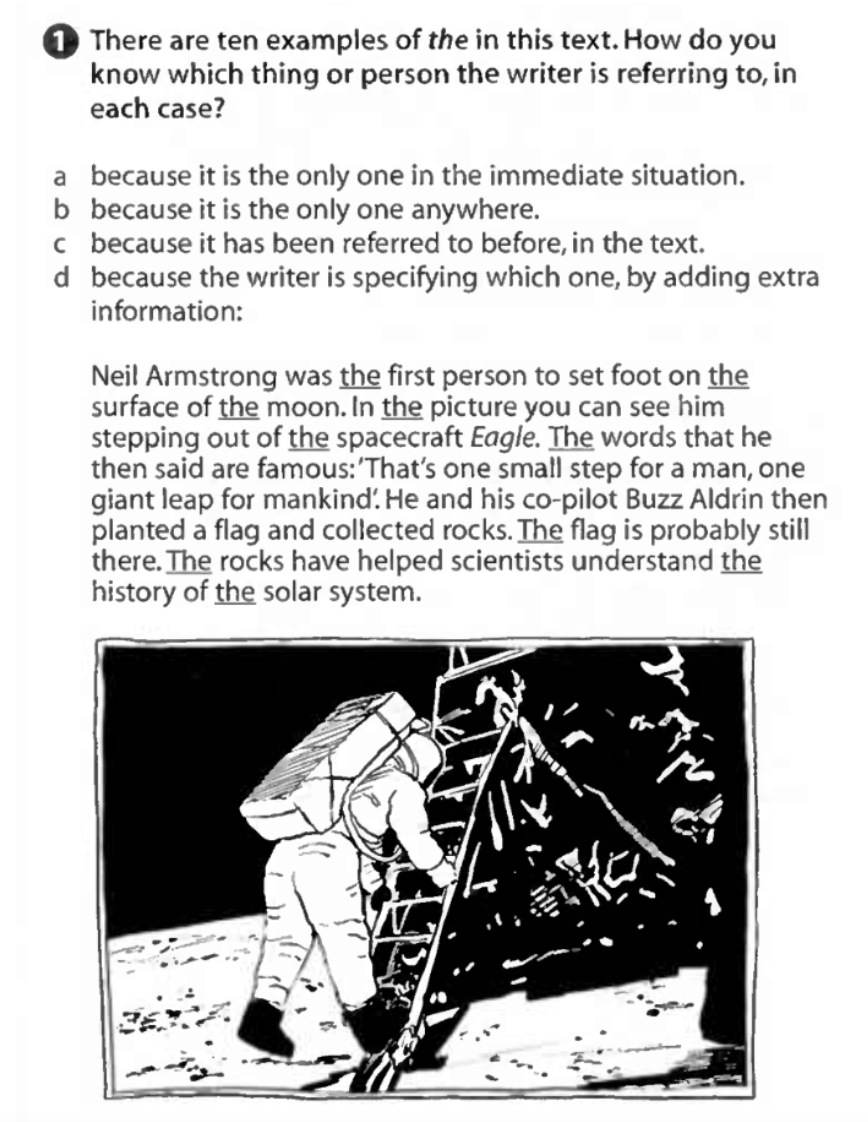The term «holistic» may be unfamiliar to those who don’t anticipate that it may be incorporated into education. A holistic approach isn’t just a solution to mental health problems or self-healing rituals — it also helps heal language learners’ overstuffed minds. Their minds are not only the target for us, educators: various anxieties of the language acquisition journey knock on their doors every time the mistake is made or the plateau effect prevents them from celebrating success and persistence. Grammar flexibility is associated with some of the major anxieties: some learners get obsessed with using everything that the syllabus suggests, whereas others avoid taking risks by using less sophisticated grammar patterns on a regular basis. Both issues usually stem from (over) drilling and a traditional, grammar-bound perspective in language learning. If you’re willing to move on from this approach and show your students that the language is worth discovering as a single system with all elements intertwined, then it’s time to try out a holistic approach.
All things holistic
Before retuning your classwork into a holistic mode, it’s good to know what hides behind this methodological curtain. A student-centered environment is created, which means that learners’ needs are carefully addressed according to their own needs rather than only serving the teacher’s interests. A student-centered approach results in a tailored course syllabus, as the goal is to teach the language items that a student needs to communicate effectively. Communication, being another holistic pillar, is a prevalent course component: it’s crucial to show learners that they study the language as a communication tool, not as a bunch of grammar bricks for one’s occasional use. Language items must be discovered within the authentic context. Rarely do grammar books provide learners with a roadmap that enhances their speaking ability. What they give is formal automaticity which is often trained outside of the real-life plot. Holistic teaching is nothing like that: everyday language bears no resemblance with the open-the-brackets or fill-the-gaps tasks.
Less anxiety = more grammar variety
Since you have taken on the challenge of being more «holistic» you may encounter this challenge: most syllabi are based on teaching grammar patterns with a traditional approach and promote learners to be satisfied with formal correctness rather than a communicative outcome. Have a look through your ELT library: you will find lots of books where grammar is not presented in context but rather “atomized”. While it serves the teachers’ comfort, it may not help their students overcome the adversities they face in learning and taming grammar patterns.
In the following article, we are not seeking to convince you to get rid of all coursebooks, matching exercises, or gap-filling exercises. The goal is to allow students to reflect on how they learn grammar wisely and gain a communicative takeaway so that they are not overloaded and remain engaged and «hungry,» eager to learn more.
For example, suppose you have been working with students on articles for a long time, and they still have trouble ingraining them accurately into their speech. Possibly they can even remember all the rules taught and the sentences completed correctly, but when the discussion starts, they mix everything up or even ignore using articles at all. You both got stuck in it. To help you find the way out, we will turn a traditional grammar practice into something more challenging cognitively.
Teaching articles: a stress test for teachers and students
Let’s acknowledge it: teaching articles do drive us nuts. NILE Advisory Board Chair, Rod Bolitho, once mentioned an interesting comparison that his colleague made: “Articles in English are like mosquitoes in your bedroom; just when you think you have got on top of them and you relax, one comes back and bites you!” And we couldn’t agree more. The truth is learners may easily lose their temper not remembering the articles’ rules, and to help them stay on track you need a convincing argument: skipping or misusing them is a major communication setback.
Articles are usually practised by low-level students in discussions surrounding the environment and countries’ landmarks. For the teachers’ comfort, not the students’, they are placed into a topic that is easy to teach with the PPP approach. However, learners may fail to notice (and, thus, use) them in other contexts. What you need to start with is raising their awareness — a holistic approach tool that works miracles.
Idea №1. Learn them notice and explain
Consider adjusting tasks from any relevant coursebook. In Scott Thornbury’s Natural Grammar there are several tasks dedicated to articles. They are mainly presented through authentic patterns, and to make it more demanding for learners, we’re going to change the exercise’s goal. The initial task is in the picture below:

What, in your opinion, makes it less holistic? Exactly: all explanations are provided to learners, making the task less cognitively demanding. Consider what needs to be changed now. The easiest way to transform this task into a holistic one is to ask open-ended questions instead of matching letters to every single “the” used in the text. For example:
- What is/are the main reason(s) for using «the» throughout the story?
- Could we use «a/an» instead of «the» in some sentences? If yes/no, why?
- Specific words? How do you know? (this refers to sentence 3)
- Can there be additional places for articles in the text?
Idea №2. Ge-grammaticalise to provide a larger context
Your students may benefit from engaging in the practice in a larger language context since articles are just «bricks» to a better understanding and communication. To make it, you may display “de-grammaticalized” text mentioned in Idea №1:
Neil Armstrong — person — set — foot — moon — picture — see — spacecraft — famous — word — small — step — man — giant — leap — mankind — he — Buzz Aldrin — plant — flag — collect — rock — flag — there — rocks — help — scientists — understand — solar system
By extracting all grammar patterns, you will encourage students to reflect on a wider range of tenses, determiners and other essentials to “assemble” the story from the words above. Once the task is completed, students can compare their versions to the original and discuss the results.
A text’s deconstruction is a great opportunity to integrate previously learned material: it unlocks the concept that any language system is like a well-oiled machine with each element interconnected. The latter is the core of holistic grammar teaching.
Just do it
Putting the ideas we have shared into practice is quite easy: you may begin by doing mini-research in the coursebooks you use in your everyday teaching practice and looking at the way grammar is addressed. Is it a logical part of the syllabus or is it represented by chunks? What do your students think of traditional exercises? Are they able to control the grammar acquired through such practice? Being a holistic educator means reflecting together with your learners about what might be most effective. Make sure they stay motivated despite facing challenges, let them emotionally reflect on what is being taught and look beyond the curriculum. The source of learners’ pride should not be about correct gap-filling or other typical tasks, but about the communicative outcome and conscious, learner-friendly language acquisition.
Speaking activities are, obviously, essential for English language speaking classes. A lot of students join classes particularly to develop their communicative competence, become more fluent, versatile, adaptable, and confident communicators in English. However, designing speaking activities might be time-consuming and nerve-wracking for any teacher. We have prepared a memo with superb ready-made speaking tasks that will make your student talking.






 Вероника Аветисян
Вероника Аветисян 
 Маргарита Аветисян
Маргарита Аветисян 


